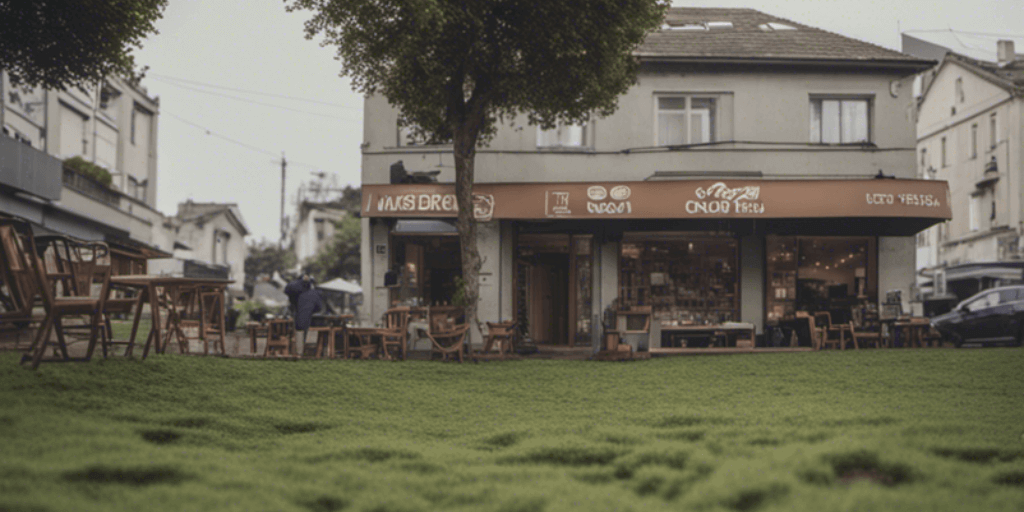
A new metaphor to explain malleability of the brain and neuronal connections
‘A new metaphor to explain malleability of the brain and neuronal connections’ blog article was written by Hanif Jaberipour, Acting Program Manager, Parenting and Early Years Program at Australian Childhood Foundation.
During the first session of a recent online Bringing Up Great Kids (BUGK) parent group, after explaining the concept of neuronal connections and conducting the wool ball activity, I noticed that a few participants required additional support to grasp the idea.
As I reflected on this discussion during the break, my gaze fell upon the lawn in my backyard, and a metaphor emerged.
Imagine a lawn with a café located nearby. Typically, people use the path around the lawn to reach the café. However, one day, a customer chooses to walk directly across the lawn and realises this shortcut is much more convenient. This customer begins traversing the lawn daily, resulting in the gradual formation of a pathway.
With repeated use, this pathway becomes more obvious and even widens.
The crux here lies in the creation of a distinct, well-defined, and conspicuous pathway across the lawn, subsequently increasing the likelihood of new customers adopting this route.
Consequently, the existence of this pathway significantly influences the functioning of the park and the number of customers attending the café.
Over time, a contracted gardener notices the emergence of this new pathway and expresses discontent. Measures are taken to discourage the use of this pathway by obstructing access. As a result, the customer’s frequency of using the pathway diminishes, potentially ceasing altogether.
What unfolds for the pathway in the long run? The lawn begins to regrow, causing the pathway to narrow and, ideally, fade away.
In this metaphor, the pathway etched into the lawn serves as a representation of neuronal pathways forged and reinforced through the repetition of experiences (akin to customers traversing the lawn).
When considering the healing of the brain, these pathways initially form due to negative relational experiences.
As a child’s circumstances improve, these adverse messages are communicated less frequently to the brain (similar to the gardener blocking the pathway, leading to reduced foot traffic across the lawn). Consequently, the neuronal pathway linked to negative experiences gradually narrows and may eventually disintegrate.
Learn more about our Bringing Up Great Kids (BUGK) Program
Bringing Up Great Kids (BUGK) is an integrated suite of activities and tools that are unique and offer all parents and carers a fresh way to understand and enact relationships with their children. It focuses on building positive and nurturing relationships between parents and their children, while also aiming to support parents to review and enhance their patterns of communication with their children to promote more respectful interactions and encourage the development of children’s positive self-identity.
